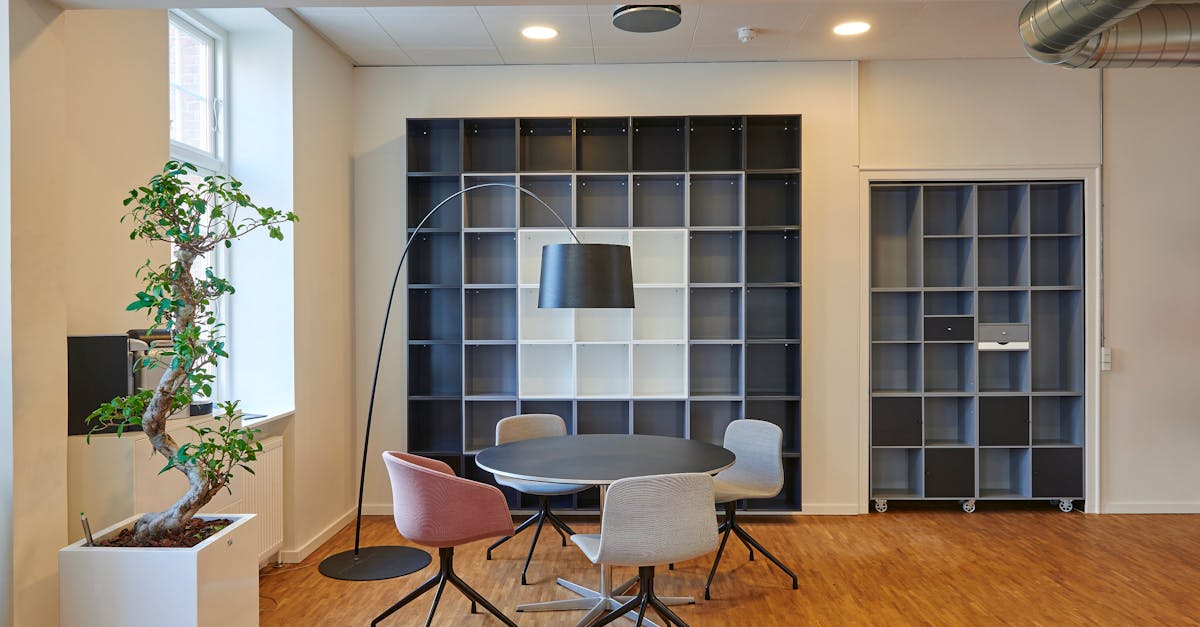
iot devices
Table Of Contents
In today's increasingly connected world, IoT smart meters are becoming a pivotal element in the transformation of energy management and consumption monitoring. These innovative devices serve as a bridge between consumers and utility providers, enabling real-time data exchange that enhances efficiency and sustainability. By leveraging advanced sensors and communication technologies, iot smart meters allow users to gain insightful information about their energy usage patterns, leading to informed decision-making and cost savings.
Furthermore, the integration of iot smart meters into our daily lives heralds a new era in smart infrastructure. With capabilities that extend beyond mere data collection, these devices can facilitate automated control of energy consumption, contribute to grid stability, and promote the use of renewable energy sources. As more households and businesses adopt iot smart meters, the implications for energy conservation and environmental impact are profound, paving the way for a smarter and greener future.
Security Issues with Internet of Things Devices
The innovations in Internet of Things gadgets have brought a new set of privacy challenges for users. Networked devices can be vulnerable to unauthorized access, placing personal information at risk. Many IoT gadgets often collect sensitive details which, if not properly secured, can lead to leaks of privacy. Additionally, the lack of standardized security protocols across different gadgets can create gaps that malicious actors can exploit.
Consumers may not be fully aware of the potential vulnerabilities that come with using Internet of Things gadgets. This lack of awareness can lead to carelessness in managing their privacy. Routine updates and patches are essential for maintaining the integrity of these devices, yet many users fail to implement them. Insufficient user education on the best practices for protecting IoT devices can further exacerbate these issues. Confronting these privacy challenges is crucial for ensuring a more secure experience in the evolving landscape of connected technology.
Ensuring Safety when Using IoT Technologies
In the modern smart devices, protecting safety is essential a challenge for users. IoT devices often collect extensive data about personal information, which can potentially exposing sensitive data. As a result, it is vital for users to take precautions to protect their data.
One effective way to improve safety is by activating the built-in security features of IoT devices. Consistently refreshing apps can assist in closing any potential security gaps. Moreover, users should be mindful of the permissions granted to applications associated with these devices. Through these practices, individuals can significantly limit their exposure of privacy breaches.
How to Integrate IoT Gadgets for the Home
Incorporating IoT devices for the house might upgrade comfort and effectiveness. Start by selecting smart devices that suit your lifestyle. One way to begin is by setting up smart lighting that can be controlled from your smartphone. This action not only adds ambiance to your environment but also saves energy.
Another, considering the integration of automated heating and cooling systems can significantly enhance your house comfort. These devices allow you to control your home's temperature effectively and can learn to your preferences over time. Integrating IoT devices like intelligent surveillance systems can also enhance the protection of your house. Through taking these steps, you can develop a much more efficient living space.
Simple Ways to Get Started with IoT Devices
Starting engaged with IoT technologies may seem intimidating at first. Yet, sticking to a few easy methods could ease the process. Initially, pick an IoT system that matches your needs. Such a system can include cloud platforms or software that enable the integration of various gadgets.
Next, ensure that your items are capable of working together with the system you have picked. Linking your IoT technologies demands installing the necessary applications and updating their software versions if needed. As soon as everything is set up, users can commence exploring the various capabilities and features that IoT technologies offer, creating a more connected space.
Discovering Capabilities of Internet of Things Technologies in Healthcare
Discovering implementation of Internet of Things devices in medical has immense possibilities to transform patient care. Such innovative gadgets allow real-time tracking of patients' vital signs, resulting in more accurate diagnoses. Connected technologies accrue critical data, enabling healthcare providers to analyze trends and make more informed treatment plans.
Additionally, the application of Internet of Things devices in medical improves operational efficiency within medical facilities. Interconnected instruments can simplify routine tasks, allowing healthcare professionals to focus on patient interaction. This approach also promotes better communication between patients and providers, building a more collaborative healthcare environment that ultimately leads to improved patient outcomes.
Methods IoT Gadgets are Transforming the Health Industry
These IoT gadgets have become crucial tools in the healthcare sector. They facilitate immediate monitoring of patients, which provides enhanced patient care. Using connected gadgets, healthcare professionals can track vital signs and wellness indicators remotely, ensuring that timely interventions can be made when necessary. This approach not only boosts the efficiency of medical practices but also empowers patients to take charge of their own health.
In addition, IoT gadgets optimize hospital operations and logistics. Through the use of connected systems, hospitals can smoothly manage resources and data management. This reduces the chances of errors and promotes that staff can focus more on supporting patients rather than administrative tasks. As a whole, the integration of IoT gadgets in the healthcare industry is paving the way for a more effective ecosystem that benefits both clients and providers.